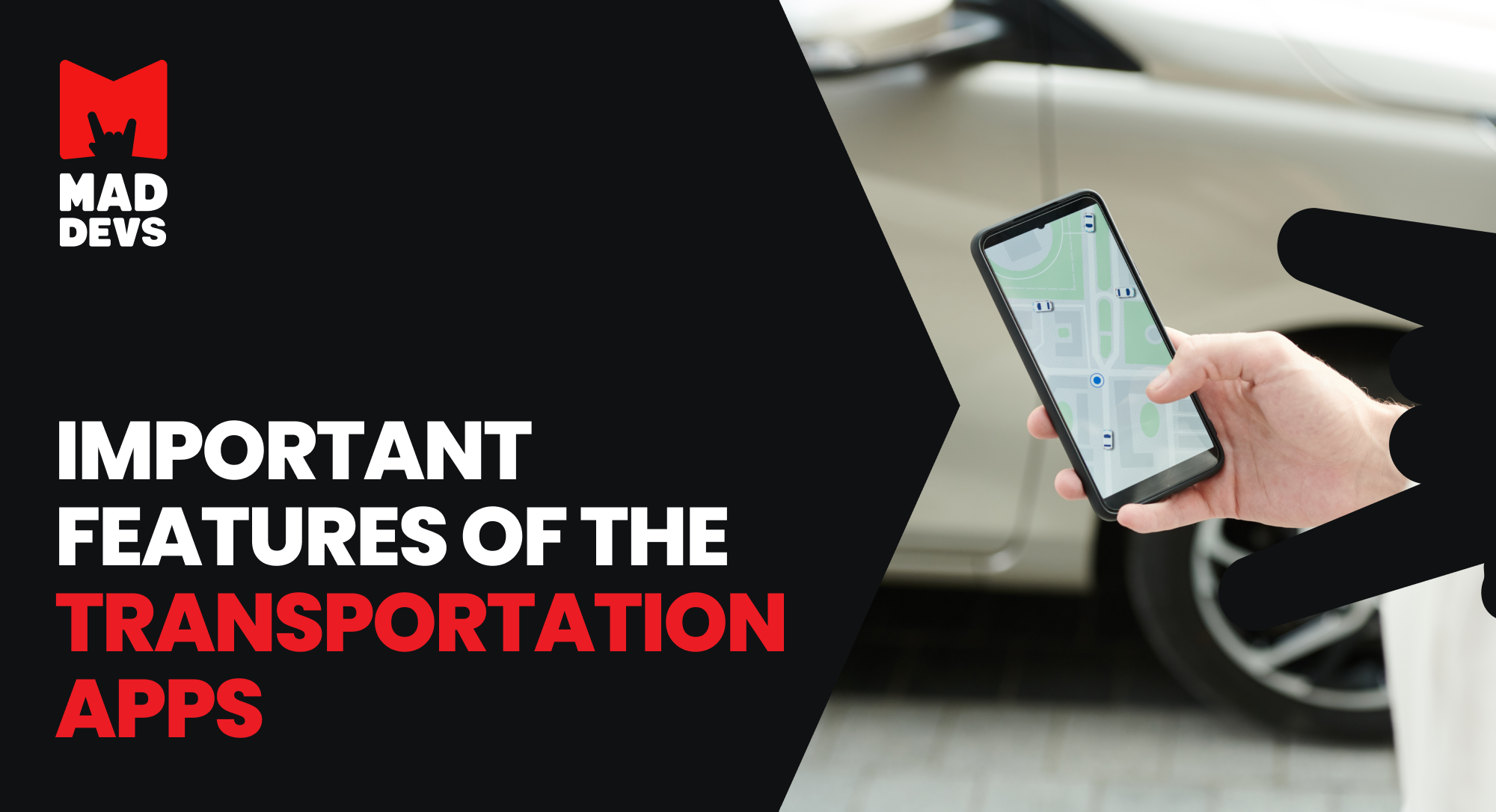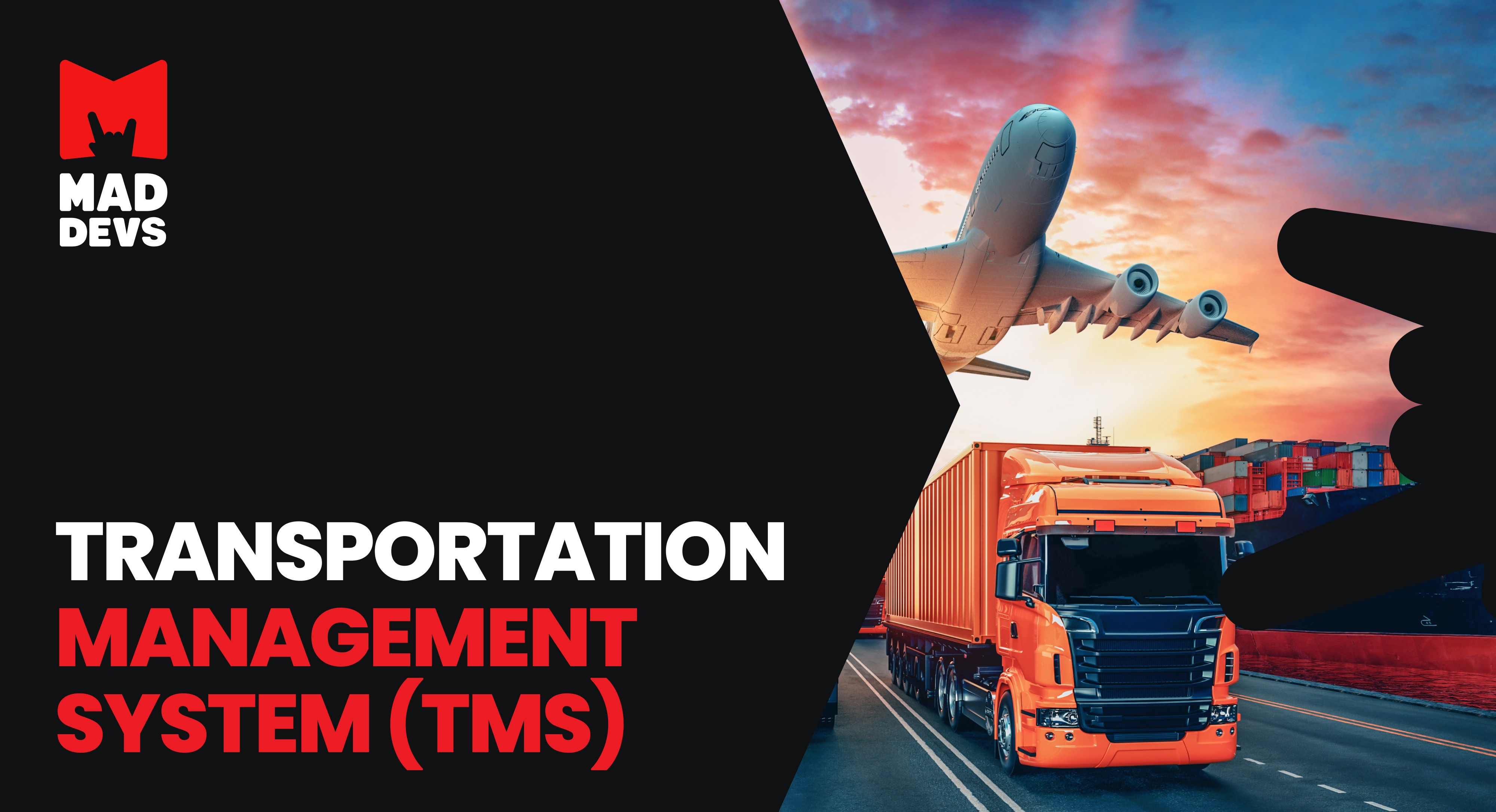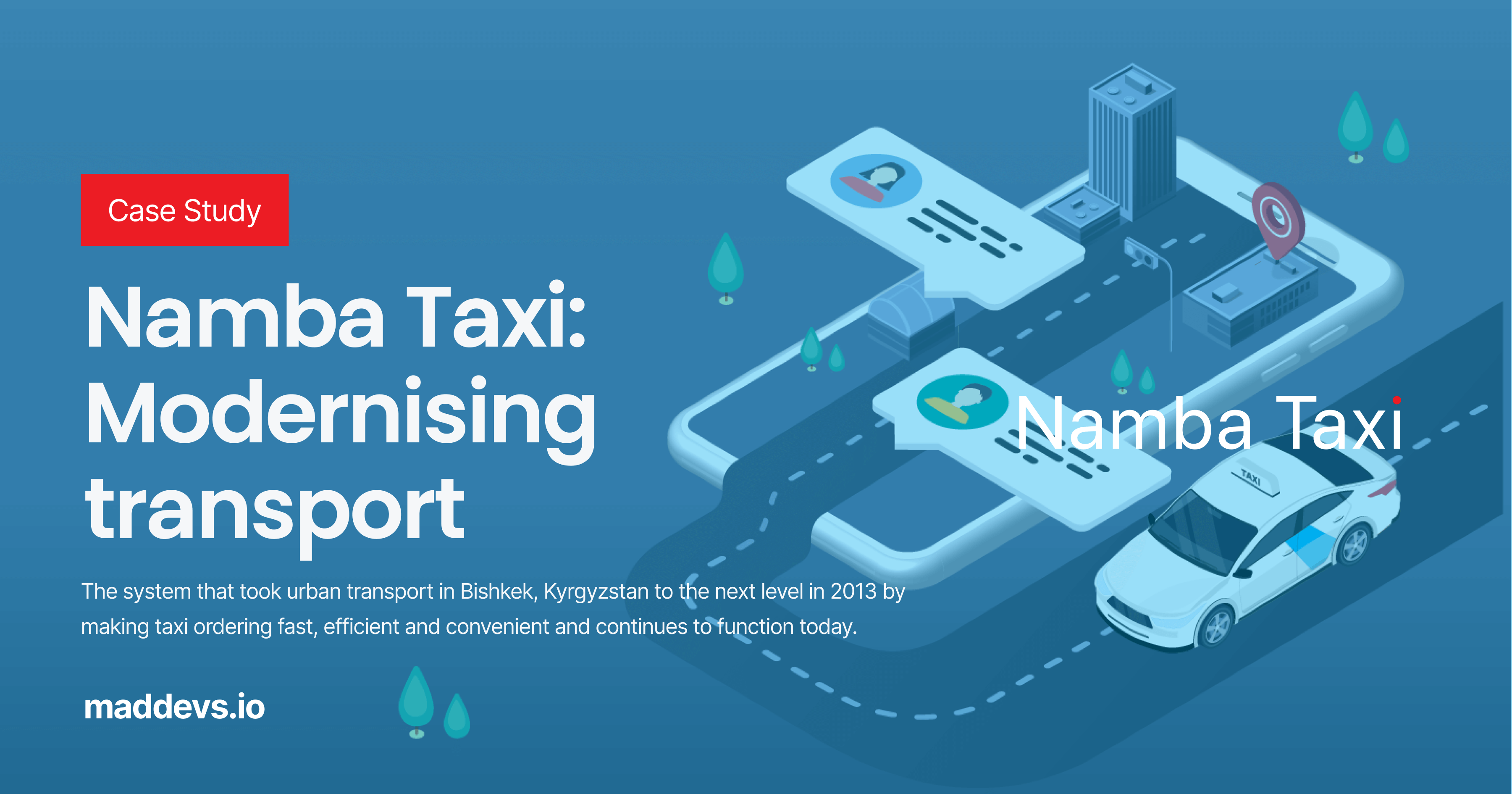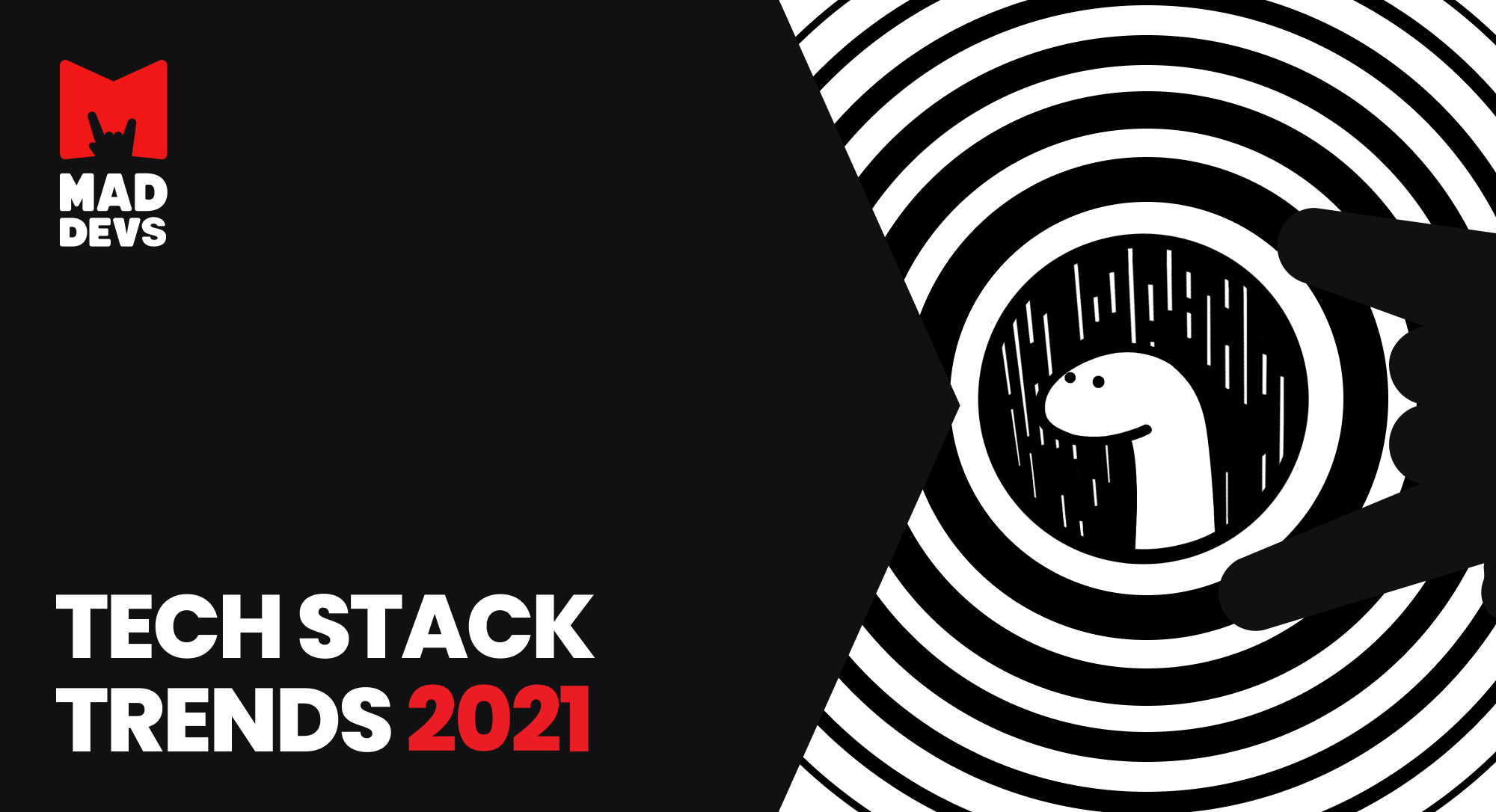Whether you want to get from one place to another, order food from a restaurant, or find out where your parcel is, all you need to do is take your smartphone and open the right app. Today, a mobile application is the fastest and easiest way to use transportation services. That's why every business, be it a ride-sharing start-up or an international logistics company, sooner or later arrives at the idea of building its own app and needs to understand how much it will cost them.
Transportation apps and how they help
Transportation is a huge industry that comprises many different fields, and each of them requires an application with certain functionality. Transportation apps vary depending on the service and role they perform for a business. Let's look at the most popular types of transportation solutions.
On-demand transportation apps
On-demand applications provide users with immediate access to a service by connecting them with service providers. Thus, if you're tapping into a taxi service, in most cases, you need a ride right away, that is, this service should be on-demand. This app category embraces ride-hailing, ride-sharing, public mobility, Mobility as a Service (MaaS), and courier services that allow users to:
- give, get, and share rides
- commute
- book seats on public transport
- pay for rides online
- order food and goods delivery
Fleet management apps
Such solutions enable business owners to take control of their fleet, watching them via a single app. There can be dozens of vehicles loading and unloading in different cities and moving across the country. A fleet management app automates many processes and helps companies to:
- track and coordinate the fleet
- ensure the safety on the roads
- monitor driver and vehicle condition
- predict accurate ETA (estimated time of arrival)
- train drivers
Warehousing apps
Before delivery, goods are often stored in large warehouses with hundreds of racks and shelves. Proper warehousing guarantees the safety and integrity of goods as well as their timely delivery. Warehousing applications minimise manual work and assist logistics companies to:
- track assets
- manage and track items
- scan barcodes
- generate reports
- optimise goods picking, packing, and shipping
There are also other solutions used by transportation businesses to improve services and streamline workflow. Among them are:
- Real-time tracking apps – provide real-time information about vehicles, drivers, and deliveries
- Route planner apps – optimise routes and find the shortest paths
- Route finder apps – show distances and help to navigate
Three sides of a transportation app
Despite the diversity of transportation applications, there are some common traits that can be found in many of them. To identify these similarities, let's start with a simple question: who can use a transportation app? Well, first, it is a customer or person who needs a service; second, it is a driver or courier who fulfils an order; and third, it is a manager who controls order fulfilment. Thus, a transportation app should have at least three panels, each with a specific feature set.
Customer panel
After registration and, if necessary, authentication, a customer gets access to the service along with freedom of choosing among various options. These could be vehicle types, payment methods, dates and times of delivery, and some others. Here's what else a user can do through a customer panel:
- book and cancel orders or services
- track vehicles and shipments
- connect with drivers and operators
- set up push notifications
- see the history of orders and deliveries
- give feedback and rate drivers and couriers
Driver panel
It is clear that on the driver's side, the app looks different. Upon signing in, drivers can see multiple requests that can be either accepted or rejected. The information available to drivers may include shipping details and goods descriptions. In addition, a driver panel makes it possible to:
- navigate and find better routes
- get real-time traffic information
- connect with clients and operators
- keep track of time, mileage, and orders
Admin panel
An admin panel user can monitor both drivers and customers, track the whole fleet, and view the progress of all orders in real-time. In other words, an admin panel is the Big Brother solution aimed at controlling the situation and predicting any potential problems. By accessing the panel, a business owner, a manager, or an administrator can manage:
- vehicles
- drivers
- customers
- payments
- orders and deliveries
Understanding the cost of transportation app development
To calculate the development cost, it's necessary to give exhaustive answers to the following questions:
- What kind of transportation app do you want to develop?
- Who will develop the app?
- How will they do it?
Now, let's talk more specifically about these topics.
Nailing down the feature set
A feature set is a top factor influencing the cost of a transportation app. Previously, we have already mentioned the basic features of various apps, however, there can always be something companies would be willing to add on top of the core functionality. Thus, among other things, advanced applications may also have:
- A chatbot
- In-app communication
- Multilingual support
- Cloud computing
It should come as no surprise that adding more features increases the budget so it's important to take a practical view of your future app. Starting with a discovery phase can help you to define real user needs and thus draw up a list of features that will make up a highly usable and competitive product.
Choosing a development team
The cost of a transportation app will largely depend on the team that will engage in the development process. Here are the factors that play a significant role in shaping the final cost of transportation app development.
✔ WHO THE DEVELOPERS ARE
Creating an application takes specialists in different fields, including:
- Frontend and backend developers
- iOS and Android developers
- Web developers
- UX/UI designers
- QA testers
- Project managers
These can be in-house developers, freelancers, or members of a single outsourcing team. It's obvious that most transportation companies lack internal expertise and cannot afford to build an app on their own. So outsourcing is a way out for them.
Implementing a project in one place and by one team minimises the development time, ensuring seamless communication and testing. It is essential to choose a team with in-depth knowledge in mobile development and relevant industry experience. Having implemented reliable transportation solutions for other clients, a team is sure to build a robust app for you.
It is also important to know who is assigned to your project regarding the level of their expertise. Some tasks can be handled by mid-level or junior developers, and some of them require the proficiency of senior engineers. A vendor must clearly communicate and explain all decisions so that the client could feel at ease about the project.
✔ HOW THE DEVELOPERS WORK
Teams may apply various development approaches, employ diverse technologies, and use different pricing models, not to mention hourly rates. Let's consider options that can be suggested by potential contractors.
Pricing models
There can be several pricing models used by IT companies for software development outsourcing. They include:
- Fixed price model, which is suitable for projects with an explicit scope, well-defined requirements, and a tight budget. Here, all possible risks are included in the total cost.
- Time & material (T&M) pricing model that suits projects with unclear scope and requirements. In the T&M model, a client makes hourly-based payments for the actual amount of work completed within a project.
- Outstaffing pricing model fits in well with the project-based cooperation. In this case, an outsourcing company provides a client with the necessary resources to fulfil the entire project or a particular task. The outstaffing model implies either a fixed price or T&M pricing.
- Gain-sharing pricing model is about evaluating the contribution of a service provider as a certain benefit that was brought to the client's business. Here, a client and an IT company become business partners in a specific project.
Tech stack
The choice of technology also matters when it comes to calculating the development cost of a transportation app. At the end of the day, you need a well-functioning application that meets the timeline, budget, and all predefined requirements. To achieve the project goals, a service provider should be sensible in choosing development tools and technologies, that is, every choice must be rationalised. This relates to the selection of:
- Identity and access management (IAM) solution
- Messaging and communication platform
- Payment gateway
- Database
- Cloud platform
- Frontend tech stack
- Backend tech stack
- Mobile tech stack
A contractor can either utilise off-the-shelf solutions or build software components from scratch. The latter option takes more time and money, but it can pay off in the future as it is more flexible and free from third-party integrations.
Good vendors always care for clients and their pockets. So if there's a chance to use a free tool or service instead of a paid one, why not use it? For example, while working on a public transportation app for one of our clients, we implemented free ETA services processing over 350,000 requests per month.
Hourly rates
Finally, to calculate the cost of transportation app development, it is indispensable to know an hourly rate that varies greatly across the globe. Thus, it may range from $10 in Asia to $100 and more in North America. That said, a high price does not necessarily mean high quality.
Indeed, the gap in quotations you will receive can be huge. Our post on custom software development pricing strategies gives substantial advice on how to evaluate proposals from IT vendors and what to look at when choosing a contractor.
To sum up
Transportation apps are helpful multifunctional solutions that make life easy for customers, drivers, and business owners. By accessing the app's panel through your smartphone, you can track your parcel, find the shortest route, and manage your fleet.
The transportation app development cost depends on the features you'd like to have in your application and the team who will implement them. Deep mobile expertise and strong experience in transportation app development can make Mad Devs a good fit for your project. Let's discuss your idea and find the best way to carry it out.















